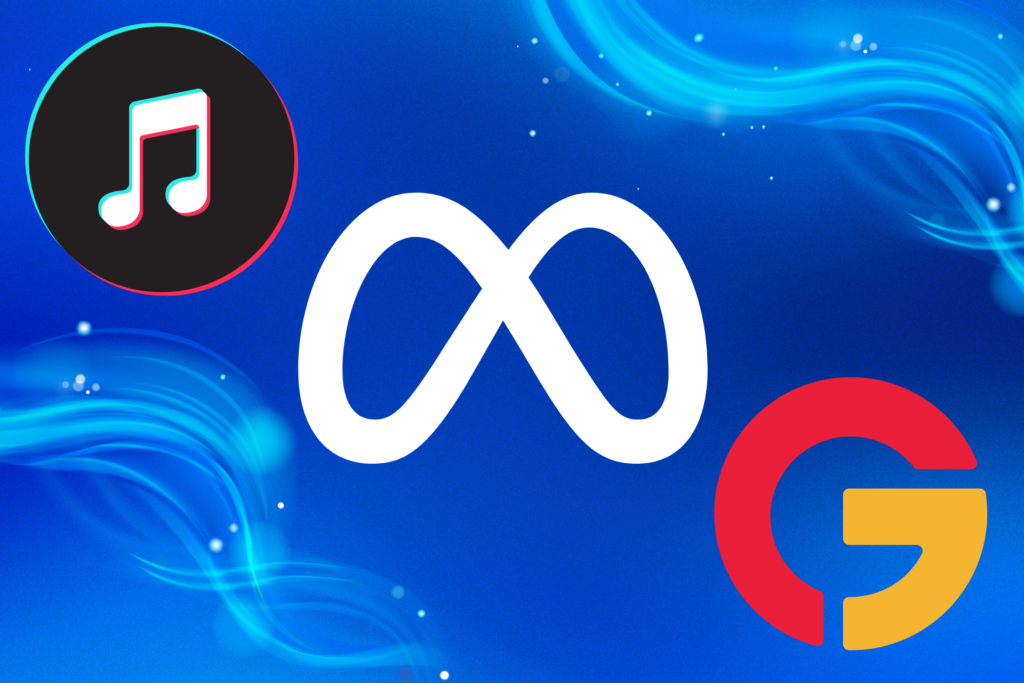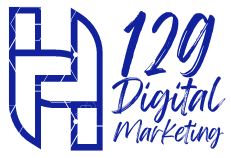I Will discuss Google ads, facebook and Tiktok ads a comparison explaining Purpose, target, strength and weakness.

1. Google Ads
- Purpose: Google Ads is a pay-per-click (PPC) advertising platform that allows businesses to display ads on Google’s search engine, YouTube, and partner websites.
- Targeting: Google Ads offers keyword-based targeting, audience demographics, interests, location, device targeting, and remarketing capabilities.
- Strengths:
- Search Intent: Google Ads reaches users actively searching for specific products or services, making it highly intent-driven.
- Broad Reach: Google’s vast network includes Search, Display, YouTube, and partner sites.
- Comprehensive Targeting: Google Ads uses extensive demographic and behavioral data to create targeted ad campaigns.
- Weaknesses:
- Costs: Higher competition for keywords can make it expensive.
- Steep Learning Curve: Managing campaigns requires expertise in optimizing for ad relevance, bids, and quality score.
2. Google Analytics
- Purpose: Google Analytics is a web analytics service that tracks and reports website traffic, user behavior, and overall website performance.
- Targeting: It doesn’t directly target audiences but provides insights into the behavior of existing users based on demographics, interests, location, and source of traffic.
- Strengths:
- Deep Insights: Google Analytics tracks a wide variety of data, such as page views, session duration, conversion rates, and user flows.
- Integration: Easily integrates with Google Ads, allowing businesses to optimize ad campaigns based on website performance data.
- Free Tool: Google Analytics is free to use, though there’s a premium version for large enterprises.
- Weaknesses:
- Complexity: The platform can be overwhelming for beginners, with complex reports and a steep learning curve.
- Delayed Data: Data may not always be real-time, and interpretation often requires specialized skills.
3. Facebook Business Manager
- Purpose: Facebook Business Manager helps businesses create, manage, and analyze Facebook and Instagram ad campaigns.
- Targeting: Offers robust audience targeting based on demographics, interests, behaviors, and custom audiences. It also allows retargeting via Facebook Pixel and offers lookalike audience creation.
- Strengths:
- Rich Demographic Data: Facebook gathers in-depth data from its users, allowing for precise audience segmentation.
- Visual Ad Formats: Facebook and Instagram’s visually driven platforms are ideal for brands focusing on creative ads.
- Cost-Effective: Compared to Google Ads, Facebook ads can be more affordable, especially for smaller businesses.
- Social Engagement: Enables direct engagement through likes, shares, and comments, which can enhance brand interaction.
- Weaknesses:
- Limited Search Intent: Facebook ads rely on user interests rather than search intent, which may be less effective for businesses offering niche or highly specific products.
- Privacy Concerns: Recent changes in data privacy policies (like Apple’s iOS updates) have impacted the effectiveness of Facebook’s targeting capabilities.
4. TikTok for Business
- Purpose: TikTok for Business provides businesses with tools to create and run ads on TikTok, a platform popular for short-form video content.
- Targeting: It uses interest, behavioral, demographic targeting, and allows for custom and lookalike audiences based on user interactions.
- Strengths:
- Highly Engaging Content: TikTok’s algorithm promotes viral and creative content, making it a strong platform for brands to engage with younger audiences.
- Rapid Growth: TikTok is one of the fastest-growing platforms, offering exposure to a huge and engaged user base.
- Influencer Partnerships: Influencer marketing thrives on TikTok due to the platform’s strong community of creators.
- Lower Costs: Ads on TikTok can be relatively cheaper compared to Facebook and Google Ads, making it an appealing choice for brands with smaller budgets.
- Weaknesses:
- Limited Business Tools: TikTok’s business tools are still developing and may not have the same level of sophistication as Google Ads or Facebook Business Manager.
- Demographics: The primary user base is younger (Gen Z and millennials), which may not be suitable for all brands.
Summary of Key Differences
| Feature | Google Ads | Google Analytics | Facebook Business Manager | TikTok for Business |
|---|---|---|---|---|
| Main Purpose | PPC advertising | Web analytics | Social media advertising | Short-form video advertising |
| Audience Targeting | Keywords, demographics, location | Not direct targeting, but tracks user behavior | Demographics, interests, behavior | Interests, behavior, demographics |
| Best For | High intent audiences, search visibility | Website performance insights | Engaging visual content on Facebook and Instagram | Reaching younger audiences with engaging videos |
| Ad Format | Text, display, video | N/A | Visual ads (photo, video, carousel) | Video ads, influencer-driven content |
| Strength | High-intent targeting, broad reach | Deep web analytics | Precise audience targeting, social engagement | Viral, creative content, rapid growth |
| Weakness | High cost, steep learning curve | Complex for beginners | Privacy concerns, limited intent-based ads | Still evolving business tools, young user base |
Conclusion
Each platform excels in specific areas. Google Ads is ideal for search-driven campaigns, while Google Analytics provides deep insights into user behavior. Facebook Business Manager shines in audience segmentation for visual and social ad formats, and TikTok for Business is an excellent choice for brands targeting younger, highly engaged users through creative content.
Remember #bing is also very important and emerging.
